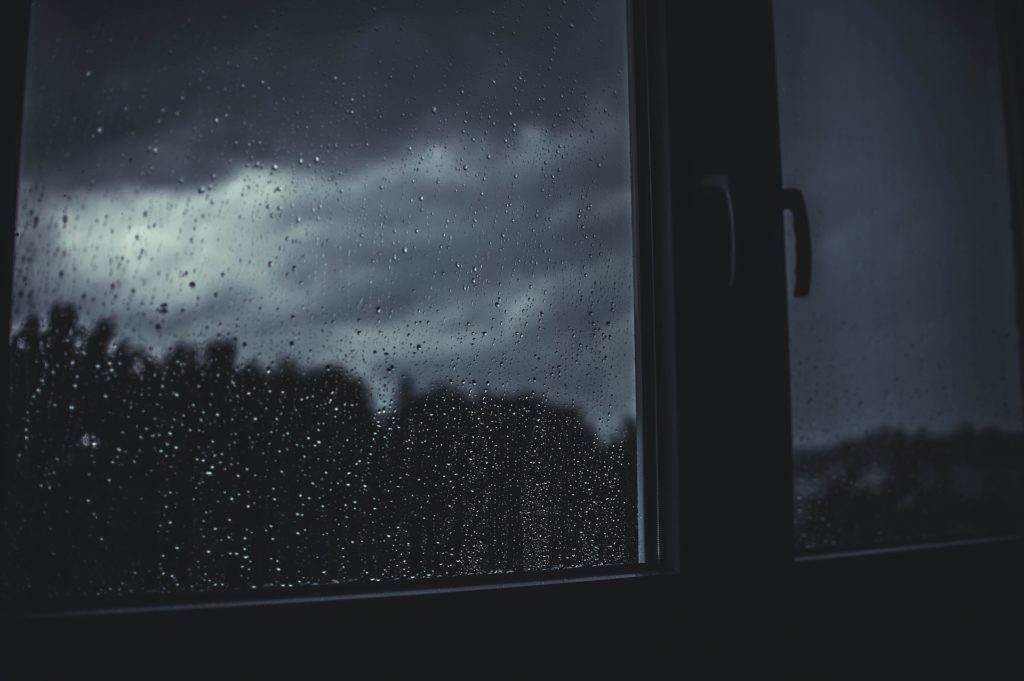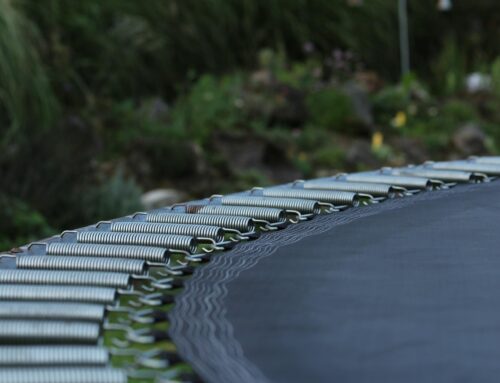There is one thing we can be sure of here in Manatee County, Florida – summer is likely to bring severe storms. Hurricane season began on June 1 and runs through November 30, but severe weather doesn’t always follow a calendar. That being said, crazy weather is a given this time of year. If you have lived more than one summer in this region, you know that storm damage is a possibility. In this article, we will look at some of the most common damage properties may sustain and what you can do about it.
Even minor storm damage can eventually result in significant maintenance issues for your home if that damage goes undetected.
It’s essential that all area homeowners inspect their homes routinely after any serious storm. Not all damage can be seen easily, so here are some recommendations you should consider in order to keep your home and property safe and secure.
- Inspect the Roof:
Anyone who has experienced one of our storms understands that the roof takes the brunt of the damage. Flying debris or tree branches often drop onto the roof, causing tile or gutter damage. While a homeowner should never attempt to walk on their roof unless they are comfortable or used to doing so, some storm damage can be seen either from the ground or at eye level using a ladder. Keep an eye out for cracked tiles, missing shingles, and loose granules in the gutters (indicative of shingle erosion).Tiles that are worn out or deteriorated can permit leaks and other water intrusions.Even minor leaks can cause your roof frame or attic structure to rot over time. Inspect the area around skylights, chimneys, and vents to identify any dislodged flashing. (Flashing is a piece of metal installed around these roof features and is responsible for diverting water away from the openings.)
Water that accumulates can also encourage mold growth, which is responsible for many respiratory health problems. Finding and stopping a leak early is your best protection against these illnesses.
- Tree Trimming: Pre-storm, trim your trees back to keep branches and falling debris from damaging your roof.
- Inspect your Windows: Check your window seals pre-storm and make repairs to avoid leaks. Windows are also susceptible to storm damage, and this damage is generally clearly evident – a broken or shattered window pane is hard to miss.
However, many people fail to check the window frames for leaks, often evidenced by fogging between the window panes.
- Clean Out Your Gutters: It’s a good practice to regularly clean out your gutters, and it’s especially true when preparing your home for storm season. Before a storm comes, make sure to clean out excessive leaves and moss from your gutters to avoid soft spots.
- Look Up to the Ceiling: With heavy rainstorms daily, leaks can be easier to identify. During and after a significant storm, go into your attic and check for any wet insulation or water-soaked wood.
If an established leak has been there for a while, it is likely visible inside – all you need to do is look up at your ceiling. When waiting out a summer storm with heavy rains, walk around your home and look for drips, stains, or sagging, which may be telling you about a hidden leak.
- Inspect Outside Walls: One storm probably won’t damage the exterior of your stucco home, but cracks or seams may appear over time. These cracks could allow water to penetrate and cause damage to the home’s structure.
Before a storm happens, looked for cracked stucco and make repairs immediately.
- Check Electrical Wiring: Obviously water and electricity do not mix – so exterior or exposed wiring can result in grave danger if damaged in a storm. After a significant storm, inspect the coverings to ensure no water has accumulated around electrical systems.
Checking their home for storm damage is a good habit for any Florida homeowner to develop. Call your insurance provider to protect your home during this wild weather further to discuss your homeowner’s policy.
Anderson & Associates Insurance is a full-service insurance agency located in Palmetto, Florida.









